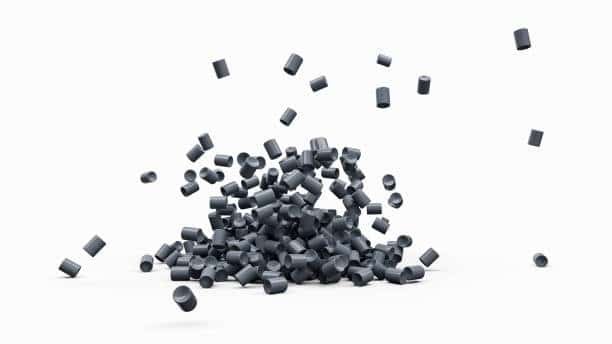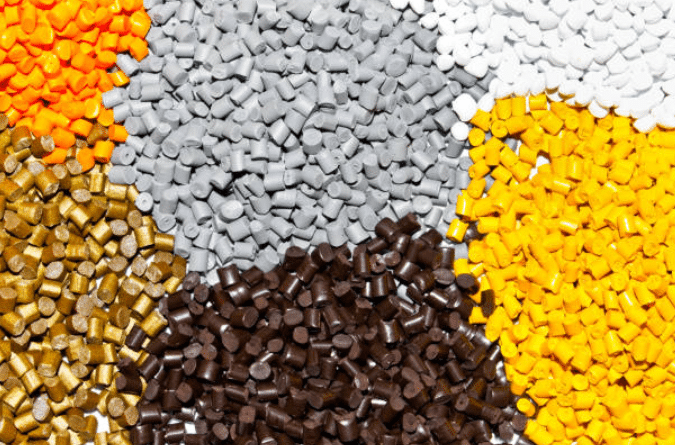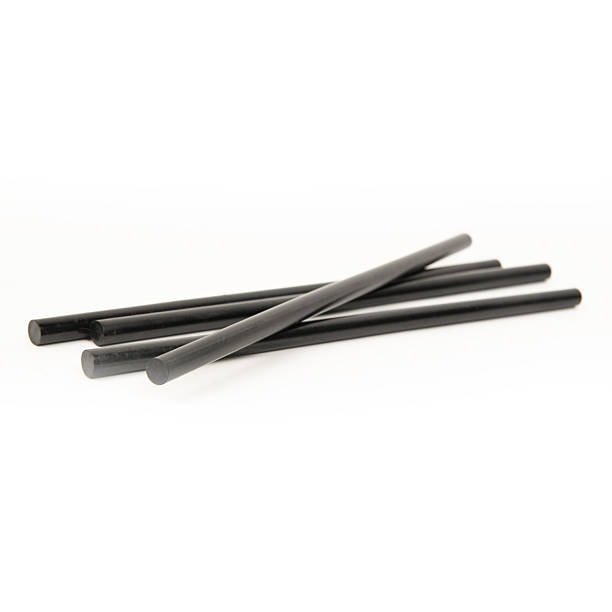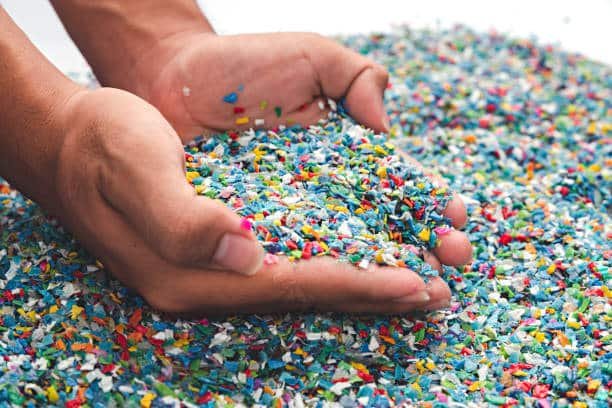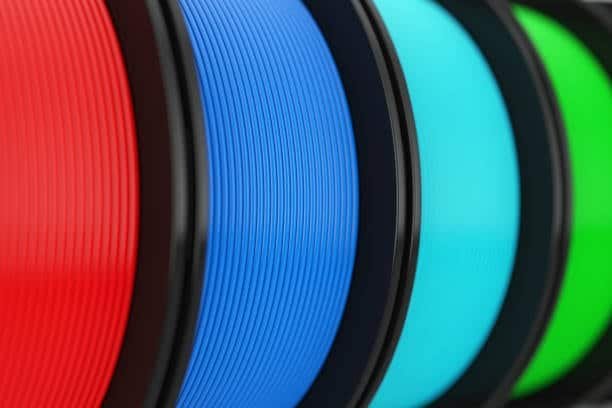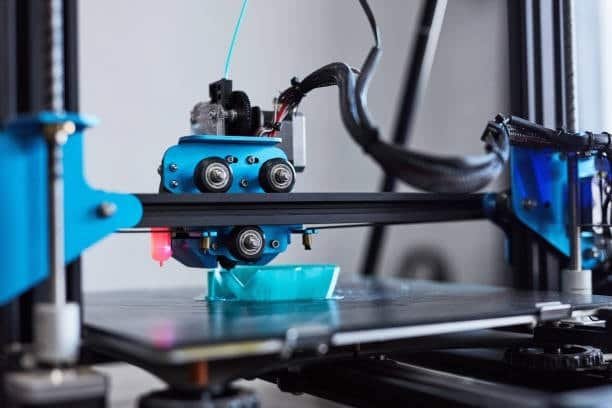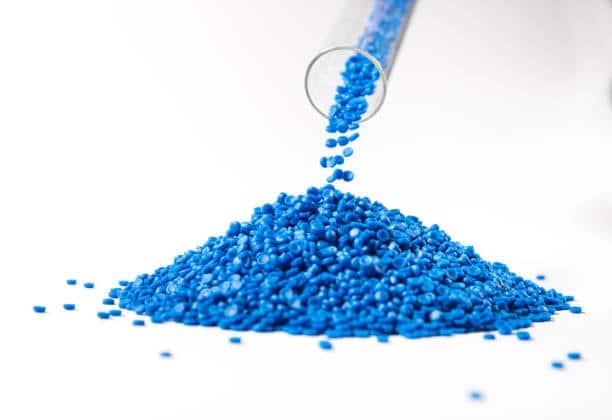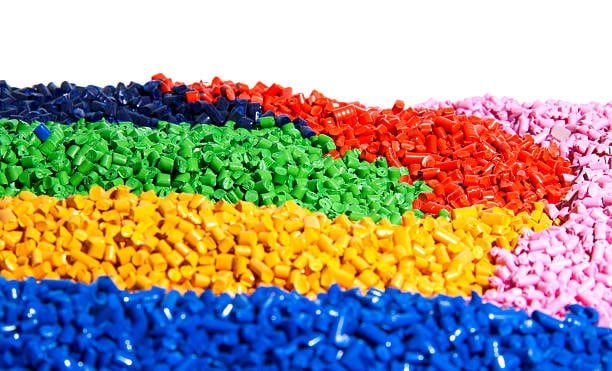Injection Molding PLA: A Sustainable Approach to Plastic Manufacturing
PLA provides commercial benefits as a 3D printing material but presents itself as a sustainable injection molding choice. The knowledge of PLA properties combined with those of other plastics and typical drying conditions allows manufacturers to create high-quality parts when pla compared to other materials. using pla injection molding under optimal processing conditions that ensure long life and environmentally friendly properties. The global trend toward sustainable practices will increase the industrial utilization of PLA materials in large-scale manufacturing operations.


